Turning Junk Back Into Useful Hardware
 Lunar Orbiter Image Recovery Project: how you can help save historic space data, Boing Boing
Lunar Orbiter Image Recovery Project: how you can help save historic space data, Boing Boing
“The LOIRP team managed to obtain original tape drives from the 1960s (covered in dust in a farmer’s barn) and a full set of original Lunar Orbiter analog data tapes (threatened with erasure) containing all images sent back to Earth by the five spacecraft between 1966-67. None of this had been functional or usable since the late 1960s. From the onset the project has been run on a shoestring budget. The LOIRP effort is housed in an abandoned McDonalds burger joint at Moffett Field, California (also known as “McMoons”). The LOIRP folks used spare parts bought on eBay, discarded government equipment, new hardware reverse-engineered from math equations in 50 year old documentation, modern laptops, the expertise of retired engineers and scientists, and the dedication of young students.”
What Do Star Trek and Lunar Orbiter Image Recovery Project Have in Common?
“As you will recall Kirk, Spock and McCoy go back in time to the 1930s. At one point Spock has to hack his 23rdcentury tricorder with early 20th century electronics to get data off of it. In our case, we used early 21st century electronics to hack mid 20th century electronics to gain access to 45 year old data.”


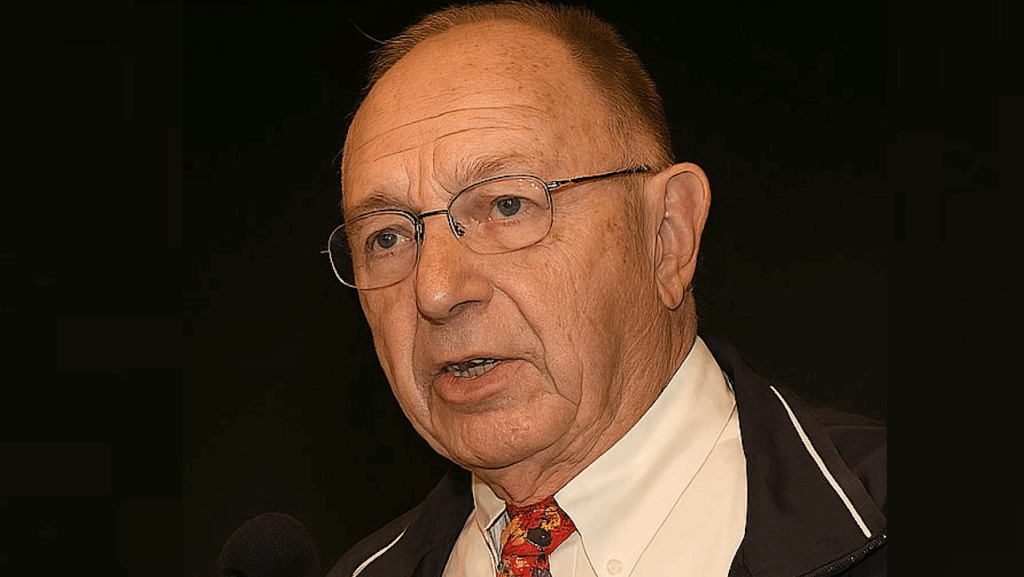
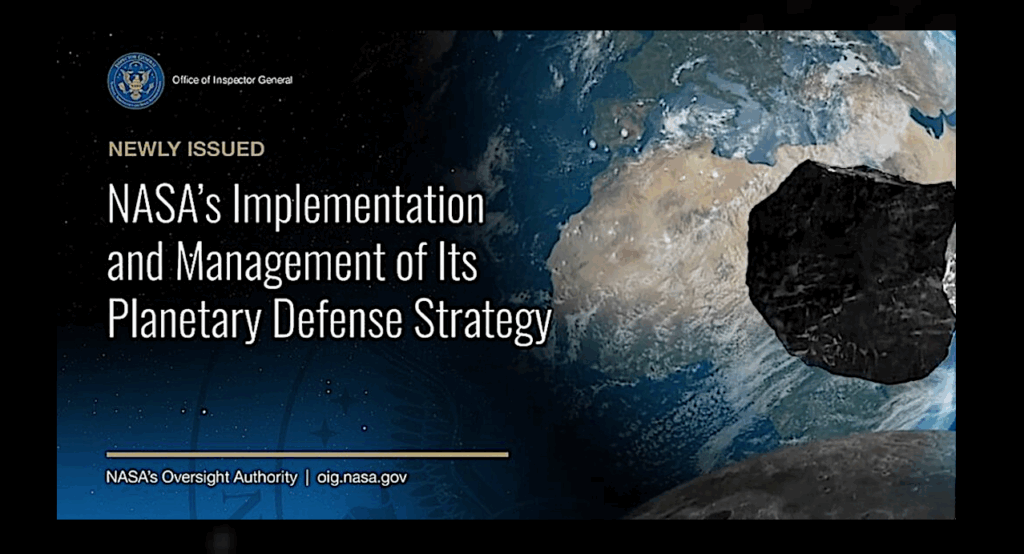
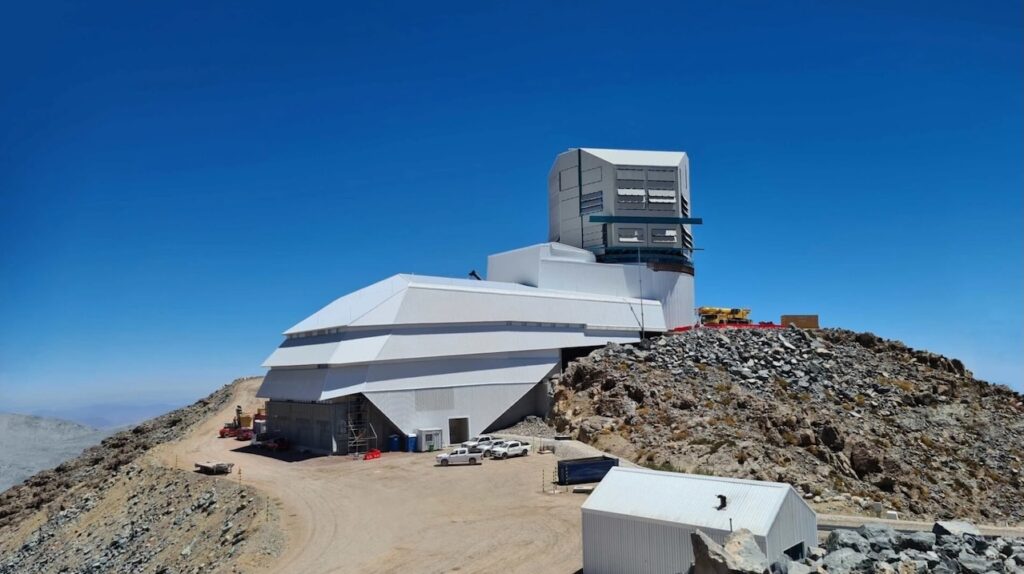
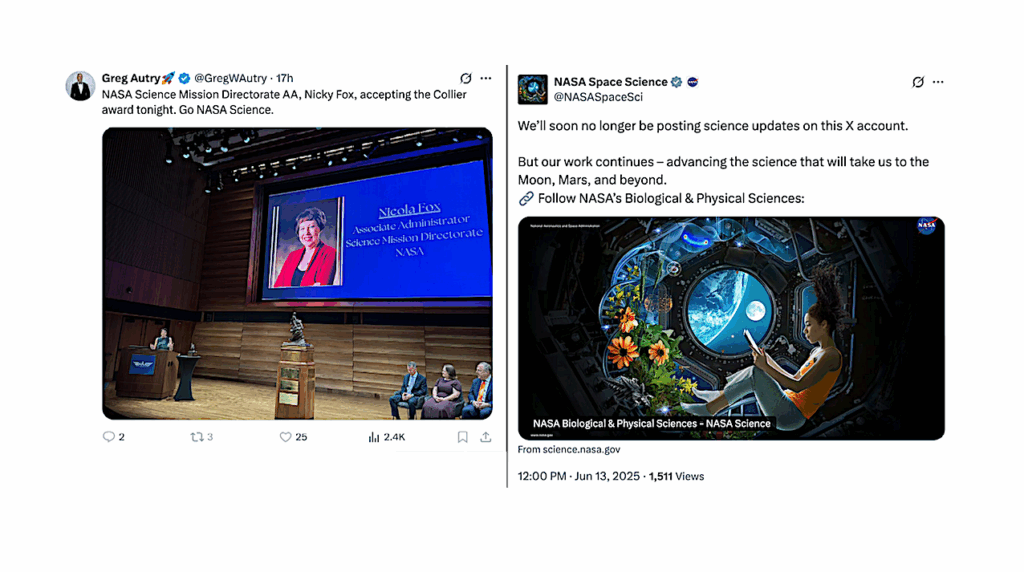
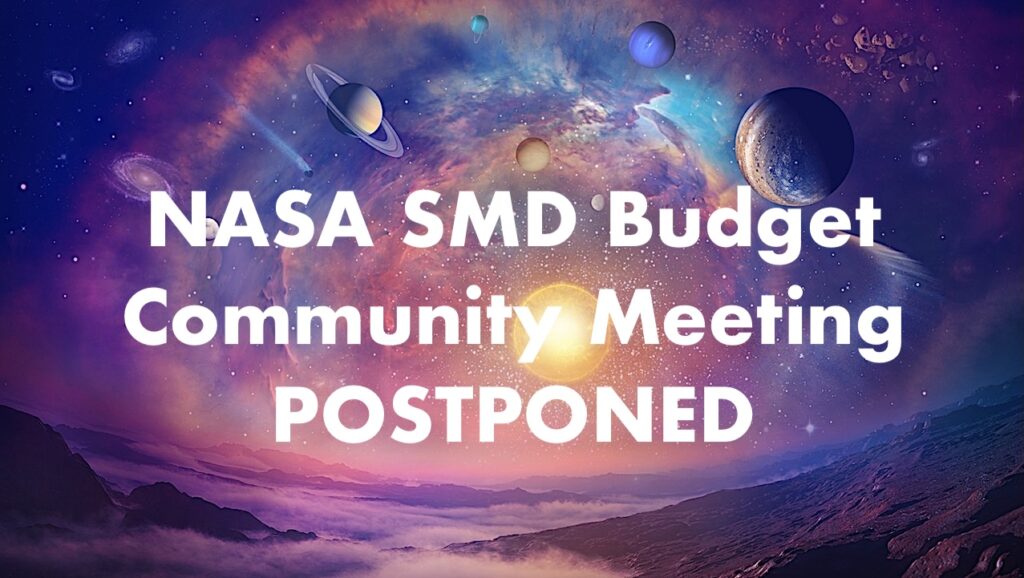


Congrats! The Captain has noticed your Yeoman efforts to boldly go! Stone Knives and Bearskins all around!
Great recognition…! “Kirkos” to Dennis and Keith; hope this helps with raising funds.
What will you guys do when this is all done? McMoons seems to have a life of its own with mixture of new and old techologies, young and old techies, grimy stuff and beautiful pictures… Will that building be torn down after LOIRP or turned into a shrine of sorts?
Michael,
I’d rather think in terms of there being no “after LOIRP.” Lunar Orbiter isn’t the only forgotten archive. NASA has enough stored-and-ignored data, including image data, to keep LOIRP going for decades, maybe even centuries.
They’ll maybe just have to change the LO to LN (Lost NASA), and if they’re even more ambitious, change the I to D (Data). The LNDRP (Lost NASA Data Recovery Project) could run a very looooong time.
NASA has admitted in the past that they themselves can’t tell you what old program data they have stashed here and there, all over the country. It’s also worth noting that, according to someone in the NASA History Office some years back, NASA has “a ton” of program data of various types that has never even been looked at, let alone studied.
I wonder if some of this old stuff could be dug up and recovered (with expert help) through student projects. That could be a real win-win. And it might force NASA (or other government entities) to supply some money and expertise for the effort (and donations of money and time from elsewhere would always be welcome, of course). If the old hardware situations can be worked out (this was a major obstacle for LOIRP), then maybe even High School students could be given tasks appropriate to their experience/abilities. It would be valuable student experience and a nice bullet on résumés. And it might make more (and younger) students more interested in both NASA and the sciences and technologies involved.
I am by no means underestimating the difficulty and hard work in what Dennis and Keith have accomplished, but with their ground-breaking work as a starting point (and proof of concept) subsequent program recoveries would hopefully be less challenging, and sharing their knowledge would make the difference.
This idea might be a shot in the arm for STEM education if someone in authority were to pick up on it.
Well the fact is that NASA got a lot better at archiving data after the 1980’s and the Planetary Data System is a very good custodian of newer data. It is the early space age data that is most at risk and that needs the most work to preserve.
We have also done work on the Nimbus HRIR data and in cooperation with the National Snow and Ice Data Center more work has been done with the Nimbus AVCS images.
The problem is that each mission is unique and the equipment, instrumentation, and telemetry formats are different as well.
A lot was lost as well when the 200,000 tapes were recycled in the late 1970’s.
The one thing that we may be bringing to the table is that the original raw data is important. Without the ability to go back to the beginning to the raw data, much science is lost. Most of the early scientific papers from Nimbus are useless now as the original data is largely lost, thus replication of results is nearly impossible.
Dennis,
Just curious. For a lot of years now we’ve seen adverts for different companies selling NASA photographs, posters, mission crests and other NASA goodies to the public and claiming copyright on everything they’re selling, which of course they can’t legally do. What is the legal status of your LOIRP work? Is it still public domain or can you claim copyright/ownership based on the improvements you’ve made and the large amount of work involved?
At your store it says: “We’re returning to the Moon and MoonViews will be providing ultra hi-resolution images in the near future for those wanting to explore the moon. “
What I’m wondering is if there’s going to be any problems with NASA, or can you help finance your continued LOIRP work by selling copies of your hi-res results? Would data sets fall under the same “rules” as photographs? For the data sets I’m assuming that it will basically be recovery without any enhancements.
We have opted to retain no ownership rights, even for our privately funded work. We do appreciate and expect attribution however.
There are a couple of other data sets that I really want to preserve. One of them is the lunar surface data. Some of it has been preserved but a very large part of it may be either lost or in an archive that the people who are trying to get to, can’t.
There is a scandal of epic proportions here based on some very questionable practices of archiving. There are a couple of people I want to sic the FBI on and I hope that this serves as a warning to them.
There is another corpus of video tapes that is in the Federal Records Center at Suitland MD. These 240 tapes are an amazing bit of our Apollo history that are languishing there. In a few years we won’t be able to recover them as there will be no more heads for the commercial Ampex machines either.
As for keeping McMoons going…. that is an ongoing conversation at this time….